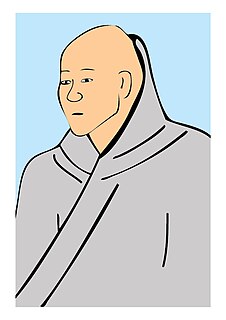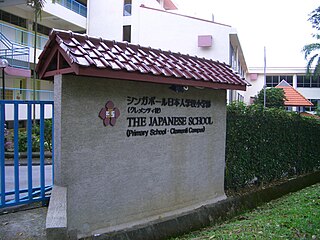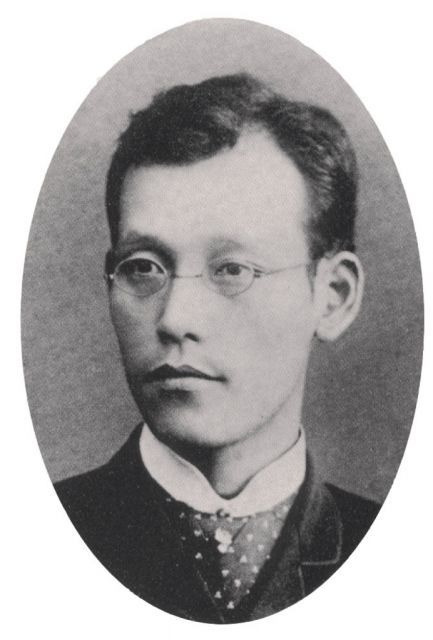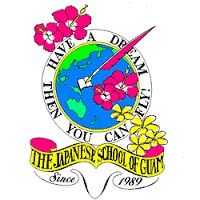
Nichiren Buddhism(Japanese: 日蓮宗) is a branch of Mahayana Buddhism based on the teachings of the 13th-century Japanese Buddhist priest Nichiren (1222–1282) and is one of the Kamakura Buddhism schools. Its teachings derive from some 300–400 extant letters and treatises attributed to Nichiren.

Nichiren Shōshū is a branch of Nichiren Buddhism based on the teachings of the 13th-century Japanese Buddhist priest Nichiren (1222–1282). Nichiren Shōshū claims Nichiren as its founder through his disciple and secretary Nikko Shonin (1246–1333), the founder of the school's Head Temple Taiseki-ji, located at the base of Mount Fuji. Nichiren Shōshū has adherents around the world, with the largest concentration in Japan. The Enichizan Myohoji Temple located in Los Angeles, California serves as the organization's headquarters within the United States.

Nikko Shonin was a senior disciple of Nichiren and was the former chief priest of Kuon-ji temple in Mount Minobu, Japan. As one of the six senior disciples of Nichiren, he then became the founder of Nichiren Shōshū Buddhism in the Mount Fuji vicinity. Nikkō is prominently known for enshrining the venerated Dai-Gohonzon mandala as well as transcribing the Ogazawari Gohonzon inside the Dai Kyakuden Hall where the Ushitora Gongyo is performed daily by the Nichiren Shōshū High Priest.

Taiseki-ji (大石寺)—formally, Tahō Fuji Dainichirenge-zan Taiseki-ji (多宝富士大日蓮華山大石寺); more commonly just Sōhonzan Taiseki-ji—is the administrative and religious center of Nichiren Shōshū Buddhism. It is located in the foothills of Mount Fuji in Kamijo, Fujinomiya, Shizuoka Prefecture, Japan.

Nihonjin gakkō, also called Japanese school, is a full-day school outside Japan intended primarily for Wajin. It is an expatriate school designed for children whose parents are working on diplomatic, business, or education missions overseas and have plans to repatriate to Japan.

Tanaka Chigaku was a Japanese Buddhist scholar and preacher of Nichiren Buddhism, orator, writer and ultranationalist propagandist in the Meiji, Taishō and early Shōwa periods. He is considered to be the father of Nichirenism, the fiercely ultranationalistic blend of Nichiren Buddhism and Japanese Nationalism espoused by such figures as Nissho Inoue, Kanji Ishiwara and Ikki Kita. Notably, however, the children's writer, poet, and rural activist Kenji Miyazawa also idolized Tanaka, and both Miyazawa and Ishiwara joined his flagship organization, the Kokuchūkai, in 1920.
The Nichiren Fuju-fuse-ha (不受不施派) was a subsect of the Buddhist Nichiren sect founded by Buddhist priest Nichiō (日奥) and outlawed in 1669. Although ferociously persecuted for over two centuries for refusing obedience to authorities, it survived and was again legalized in 1876. Later, the subsect itself split in two over a theological question. The two splinters are Okayama's Fuju-fuse Nichiren Kōmon-shū (不受不施日蓮講門宗) and Nichirenshū Fuju-fuse-ha (日蓮宗不受不施派).
Nichiren to mōko daishūrai is a 1958 Japanese film directed by Kunio Watanabe.

The Thai Japanese School of Bangkok is a Japanese school located in Huai Khwang District, Bangkok on Rama 9 Road. It is sponsored by the Thai-Japanese Association. It is the school with the largest campus in Bangkok, and one of the two Japanese schools in Bangkok. It allows students from junior school Grade 1 students to middle school Grade 3 students to learn. The school only allows students with a Japanese nationality to study.
Nichiji, also known as Kaikō, was a Buddhist disciple of Nichiren who traveled to Hokkaido, Siberia, and China.

Japanese School of Beijing (JSB) is a Japanese education day school in Chaoyang District, Beijing. The students are children of diplomats, businesspeople, and workers in foreign institutions.

The Japanese School of Guam is a Japanese international school in Mangilao, Guam. It includes both day school and weekend supplementary school divisions, and the school also holds Japanese language classes. As of April 2013 Toyohito Yoneyama is the chairperson of the school.

The Japanese School Singapore is a Japanese international school in Singapore, covering elementary and junior high school levels. There are two separate elementary schools of the JSS in Clementi and Changi, while junior high school division is located in West Coast. As of 2013 this Japanese international school is the largest overseas Japanese school in the world.

The Japanese School of Brussels a.s.b.l. is a Japanese international school located in Auderghem, Brussels. The school serves elementary and junior high school levels. It is Belgium's only Japanese international school. The Japanese Supplementary School of Brussels, a supplementary school operated on Saturdays, is held on the premises of the JSB.

The Karachi Japanese School (KJS) attached to the Consulate-General of Japan in Karachi is a Japanese international school in PECHS, Karachi.

The Kokuchūkai is a lay-oriented Nichiren Buddhist group. It was founded by Tanaka Chigaku in 1880 as Rengekai and renamed Risshō Ankokukai (立正安国会) in 1884 before adopting its current name in 1914.
Nichirenism is the nationalistic interpretation of the teachings of Nichiren. The most well known representatives of this form of Nichiren Buddhism are Nissho Inoue and Tanaka Chigaku, who construed Nichiren's teachings according to the notion of Kokutai. It was especially Chigaku who “made innovative use of print media to disseminate his message” and is therefore regarded to have influenced Nichiren based Japanese new religions in terms of methods of propagation.

The Shanghai Japanese School (SJS) is a Japanese international school serving primary and junior high school levels in Shanghai. It has two campuses, one in Hongqiao and one in Pudong. The school's teachers are Japanese citizens. The school also has a senior high school component.
Fujiwara no Tomoie was a waka poet and Japanese nobleman active in the Heian period and early Kamakura period. He is designated as a member of the New Thirty-Six Immortals of Poetry. He was also known as Renshō (蓮性). He was the elder brother of Fujiwara no Akiuji.













